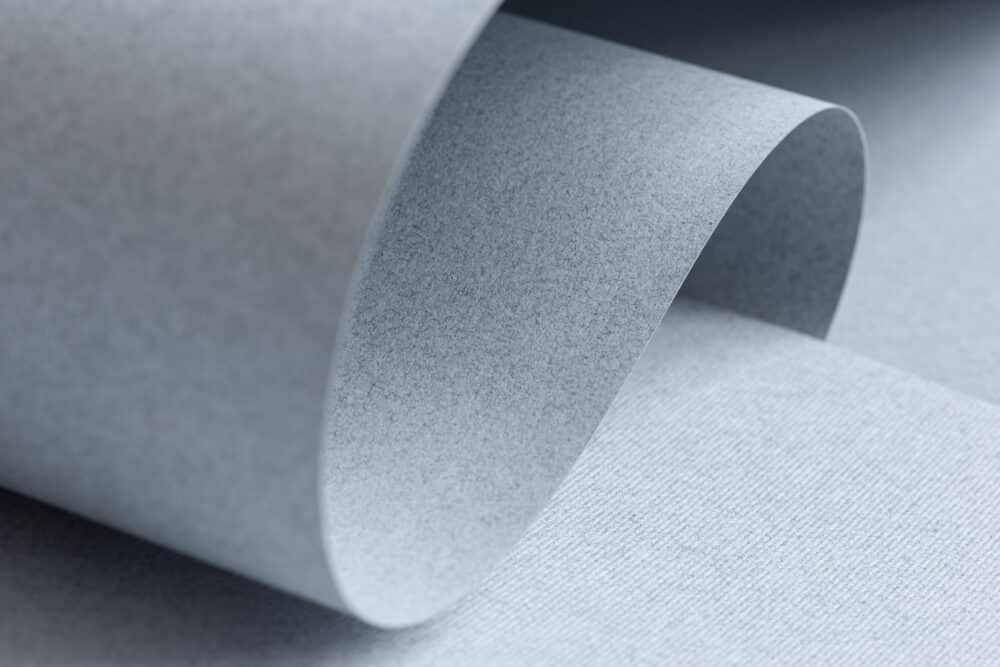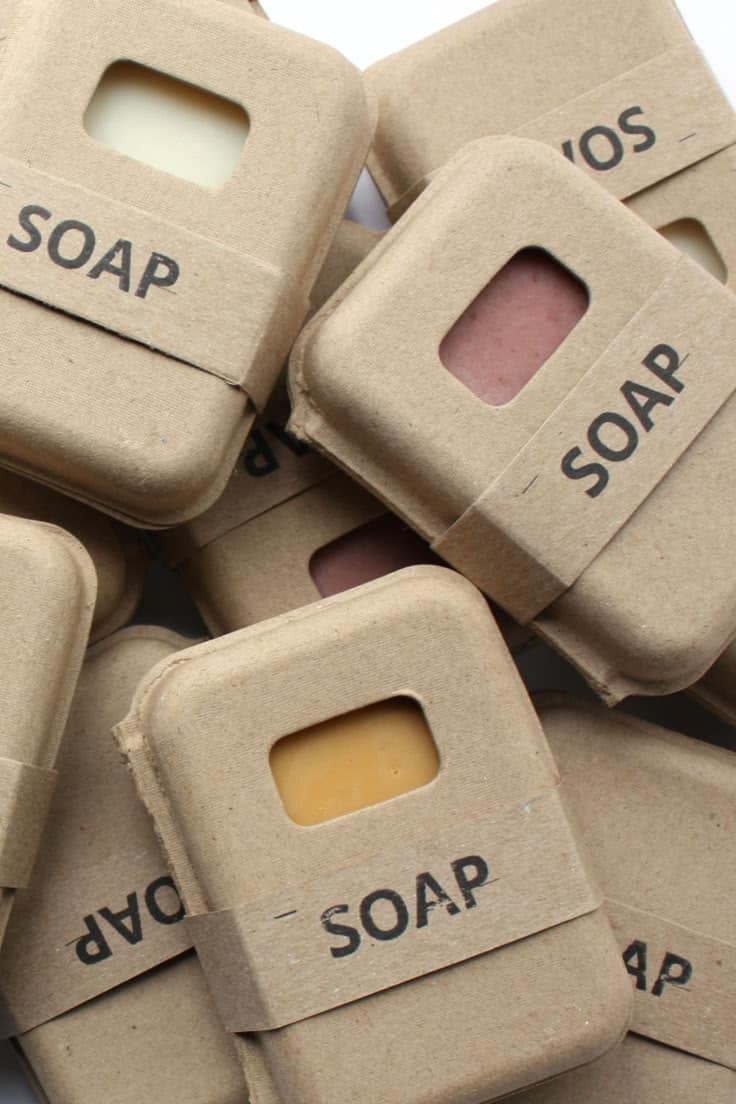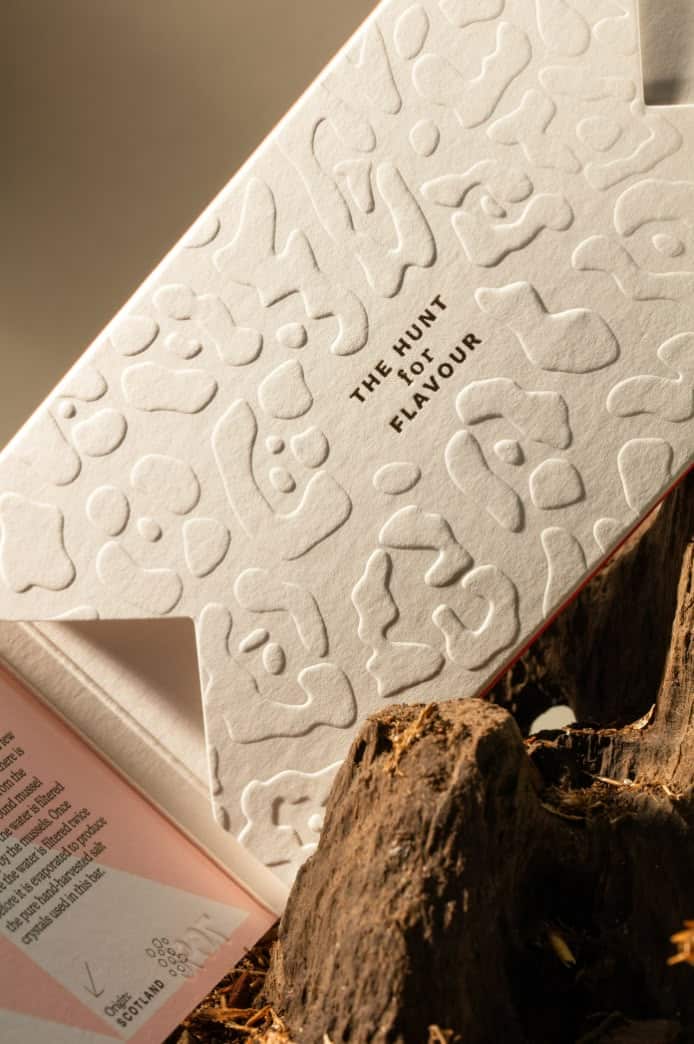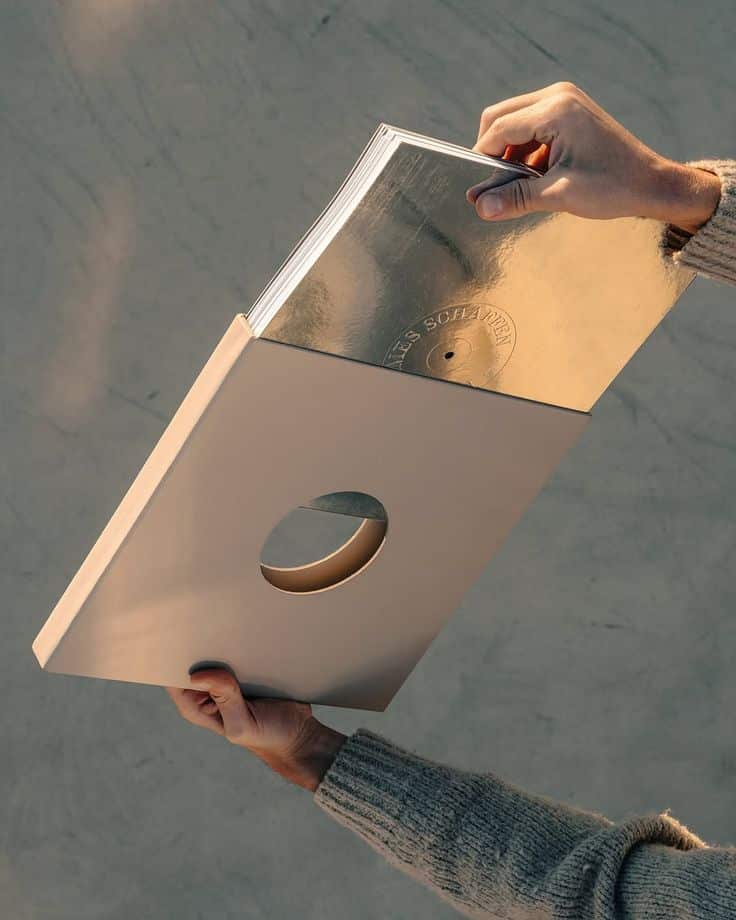In today’s saturated market, brands are increasingly turning to sensory marketing to create memorable experiences. Sensory marketing involves appealing to the five senses—sight, touch, taste, smell, and sound—to influence consumer perceptions and behaviors. In the realm of packaging, this strategy transforms ordinary boxes into immersive brand experiences by engaging multiple senses. And particularly through paper-based packaging concepts, companies can forge deeper emotional connections with consumers.
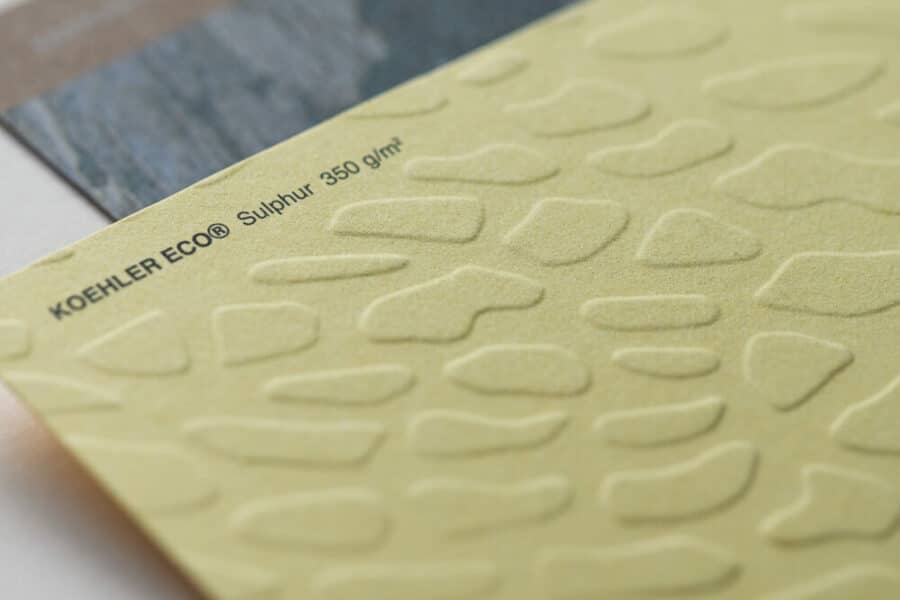
Sensory marketing is effective because human decision-making is deeply rooted in emotion. Before our brains engage in rational analysis or weigh the pros and cons, we instinctively react to how something makes us feel. Whether it’s the comforting texture of a soft-touch paper box, the nostalgic scent of a printed insert, or the satisfying sound of unwrapping a well-crafted package, these sensory cues tap directly into our emotional memory. It’s in those fleeting moments—before any conscious thought kicks in—that brands have the most powerful opportunity to connect. By sparking feelings first, sensory experiences create a kind of emotional shortcut, guiding perception and purchase decisions long before logic gets involved.
The tactile appeal of paper serves both visual and haptic senses
Paper’s versatility makes it an ideal medium for sensory marketing. Its textures, weights, and finishes can evoke specific emotions and associations. For instance, embossed patterns or soft-touch coatings can convey luxury, while recycled or rough textures might suggest sustainability and authenticity, to just name a few. Market research also indicates that consumers often associate heavier packaging with higher-quality products. Moreover, the act of touching a product’s packaging can increase the likelihood of purchase, as it fosters a sense of ownership and connection.
Paper’s versatility makes it an ideal medium for sensory marketing. Its textures, weights, and finishes can evoke specific emotions and associations.
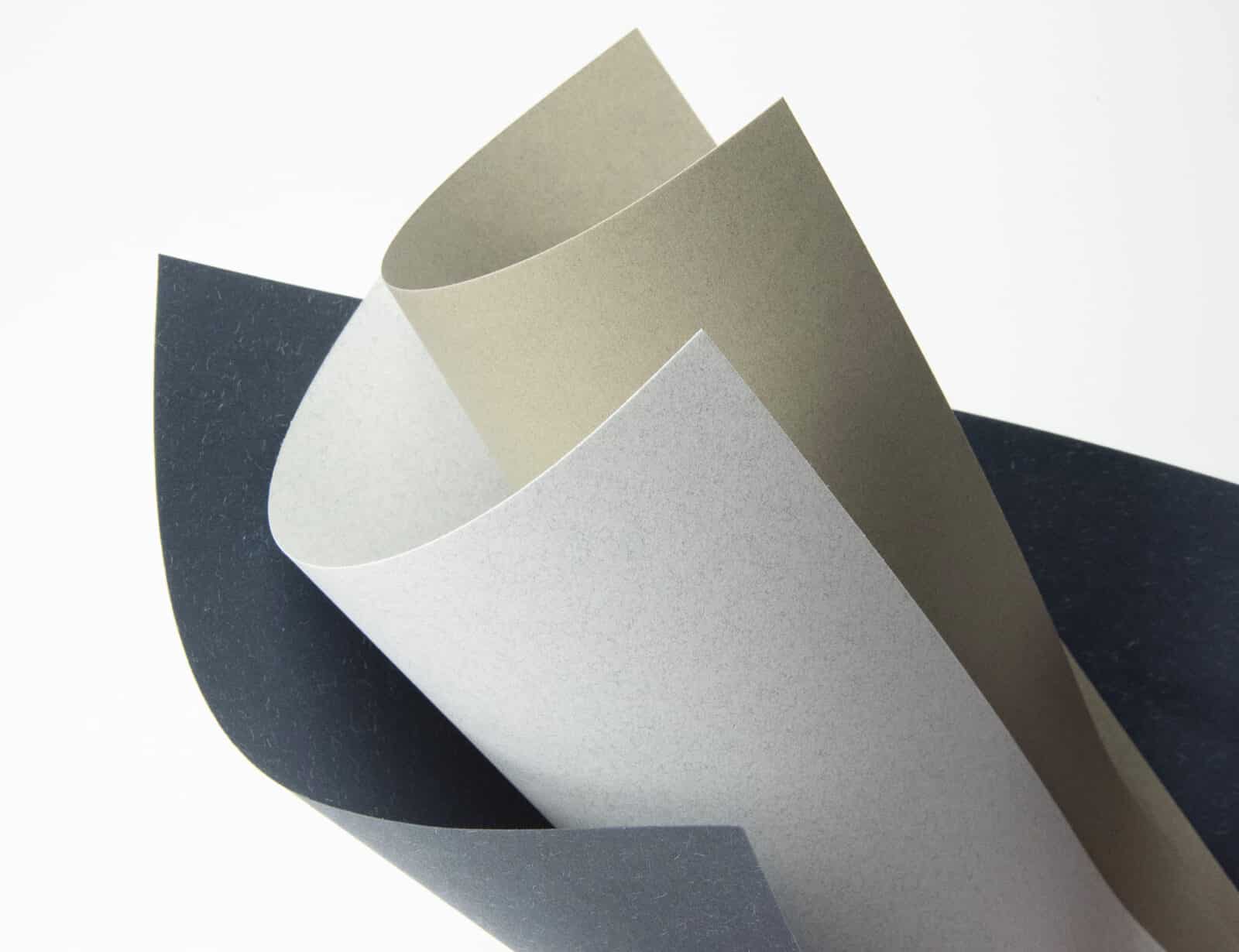

High-quality printing techniques, intricate designs, and unique paper finishes allow for more than vibrant colors–it captures the sense of sight while conveying brand identity. Textures and finishes can communicate product attributes, ie, a smooth surface might suggest elegance, while a rough texture could imply natural or artisanal qualities. Also, the subtle sounds of unboxing, such as the rustle of paper or the snap of a seal, contribute to the overall sensory experience, while some paper materials might carry natural scents, like woody or vanilla notes, enhancing the unboxing experience through the sense of smell.
Brands across industries are increasingly turning to paper-based packaging—not just for its tactile appeal, but for its strong environmental message. In the food sector, many companies are moving away from plastic in favor of paper alternatives, both to reduce their ecological footprint and to connect with a growing base of eco-conscious consumers.
Brands across industries are increasingly turning to paper-based packaging—not just for its tactile appeal, but for its strong environmental message. In the food sector, many companies are moving away from plastic in favor of paper alternatives, both to reduce their ecological footprint and to connect with a growing base of eco-conscious consumers. The texture of paper plays a crucial role here. Its natural, organic feel communicates sustainability in a way plastic simply can’t. At the other end of the spectrum, luxury and high-end brands are embracing richly textured papers and intricate detailing to signal exclusivity and craftsmanship. In both cases, paper becomes more than a material—it’s a storytelling tool that enhances perceived value and aligns with evolving consumer values.
As consumers seek more meaningful interactions with brands, sensory marketing through paper-based packaging offers a tangible way to stand out. By thoughtfully engaging the senses, brands can create lasting impressions through emotional connections and so foster loyalty in an increasingly digital world.
